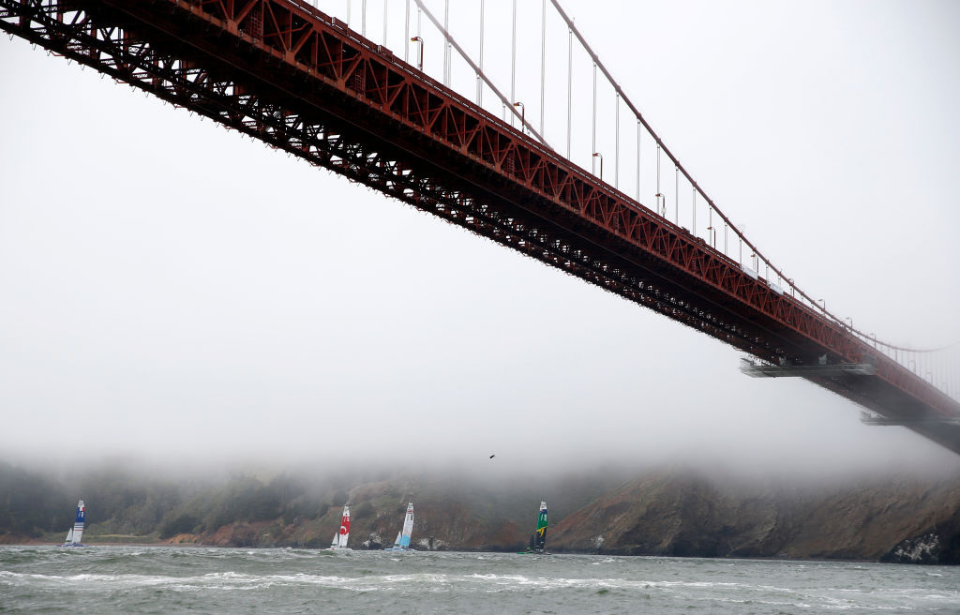It was 2014 when a team of researchers with the National Oceanic and Atmospheric Administration (NOAA), who study American waterways and marine science, turned their attention away from ecosystems and water health to focus on something which would turn out to be far eerier: the strait of water under and around the Golden Gate Bridge.
The water in this area ranges greatly in depth. Near Alcatraz, the depth is around 100 feet, whereas the water closer to the bridge has been recorded as deeper than 300 feet. In water that deep, especially in an area with such a lengthy history of shipping and travel, NOAA made it their goal to uncover anything they could about the various shipwrecks hidden there. Keep reading to learn more.
Beginning the research
The NOAA team began their search by taking sonar scans of the area to the west of the Golden Gate Bridge. According to the director of Maritime Heritage for the Office of National Marine Sanctuaries, who was also involved in the project, they were “looking at an area that was a funnel to the busiest and most important American port on the Pacific Coast.”
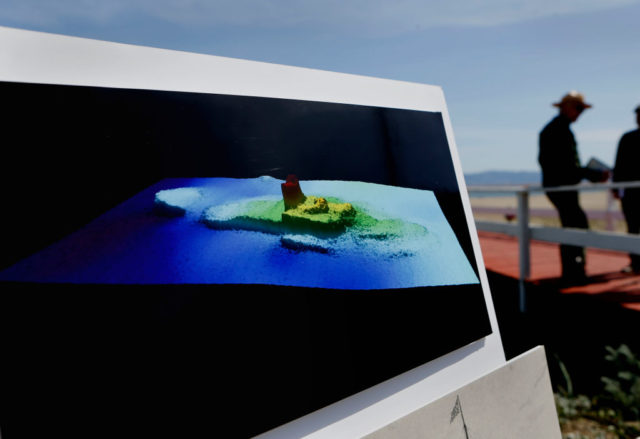
This means the area would have had lots of nautical traffic and a high number of shipwrecks. The team conducted their search over the course of five days, although the project as a whole was set to span two years. After looking at the scans, they decided that there were eight areas that they wanted to investigate further as potential shipwreck sites.
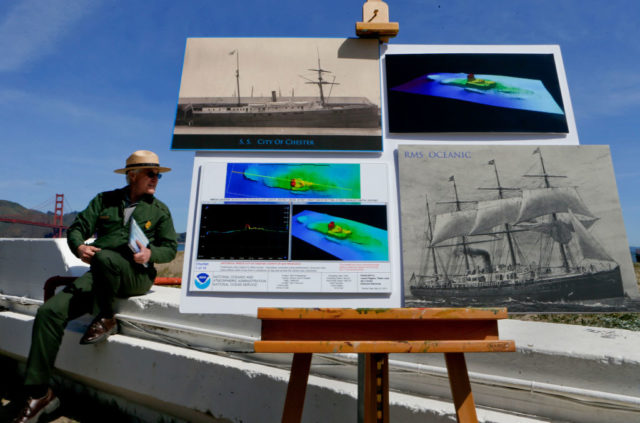
As it turned out, half of them were. The next step was to use a remotely operated vehicle at each of the sites to get further information on each ship. Now it was a matter of finding out the names of the ships, where they came from, and how they wound up in the waters underneath the Golden Gate Bridge.
Noonday
One of the ships that the NOAA team believe they discovered was a clipper called Noonday. Although the vessel isn’t entirely identifiable, it was the right size and in the right location to be the ship. It was originally made for a Bostonian merchant, Henry Hastings, and sank on only its fourth voyage. This was quite an old wreck, as it sank in 1863 after hitting a rock.
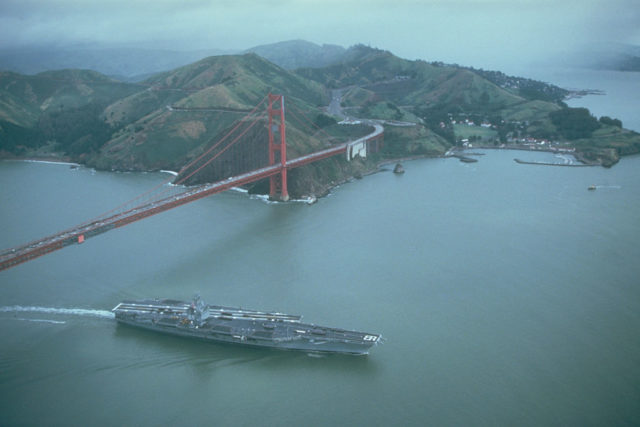
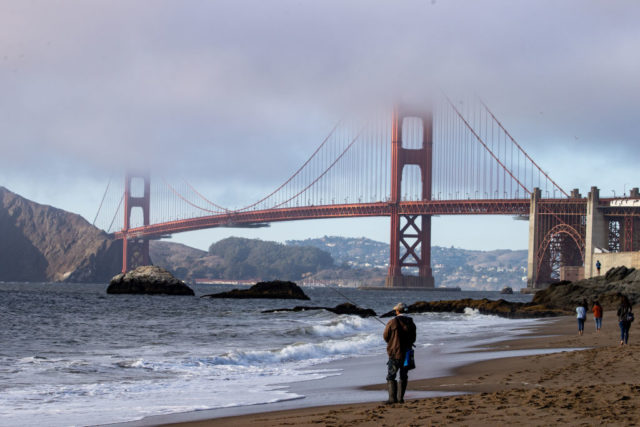
Prior to that, it was used to transport both men and supplies during the California Gold Rush. When it sank, the men were able to get to safety but the cargo was lost forever. People have certainly tried to recover it, but with no luck. The rock that sunk the ship has even been nicknamed “Noonday Rock.”
SS Selja
Another ship that was investigated was SS Selja. This was a 380-foot-long steam freighter that traveled between the Pacific Northwest, China, and Japan. It was known for primarily transporting flour and lumber. It sank on November 22, 1910 after colliding with a steamer, SS Beaver, near Point Reyes, California.
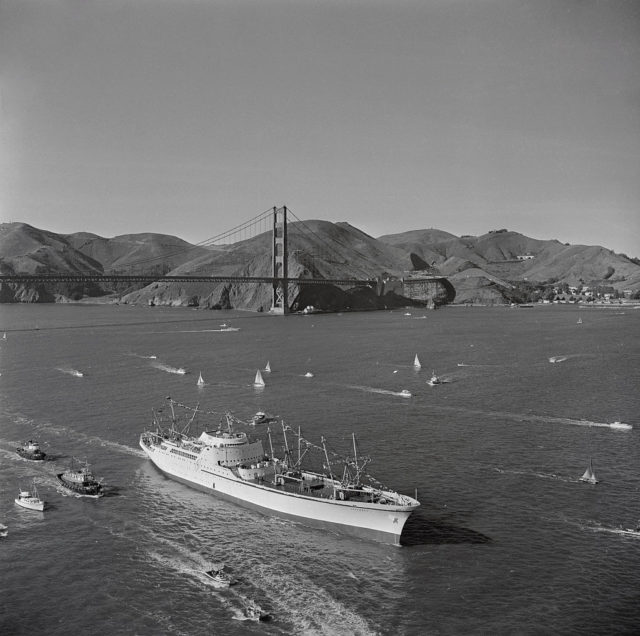
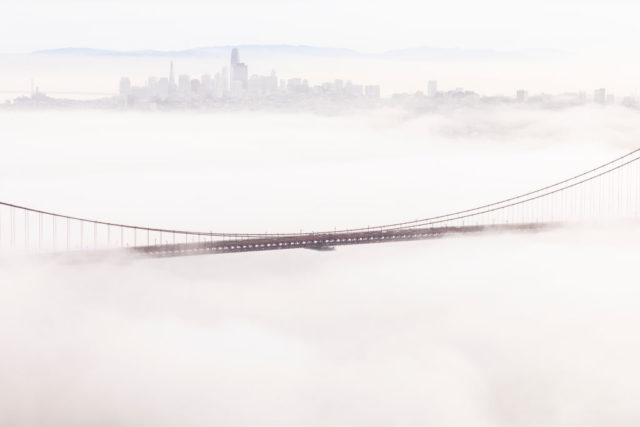
After the ship sank, it was included as part of a legal case made before the Supreme Court which focused on the “rule of the road” for boats. Ultimately it was ruled that the owner of Beaver and Selja were equally negligible. Selja was easily accessible to the researcher team and they were able to get a much better look at it than some of the other discoveries that they made.
USS Conestoga
While they were conducting their research in 2014, the team discovered the wreck of a tugboat which they had not anticipated to find, and therefore had no record of. In 2015, however, they were able to figure out exactly which ship it was. It matched the description of the USS Conestoga which had simply disappeared in 1921.
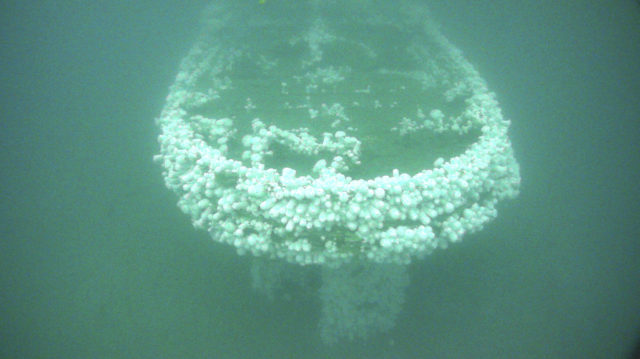
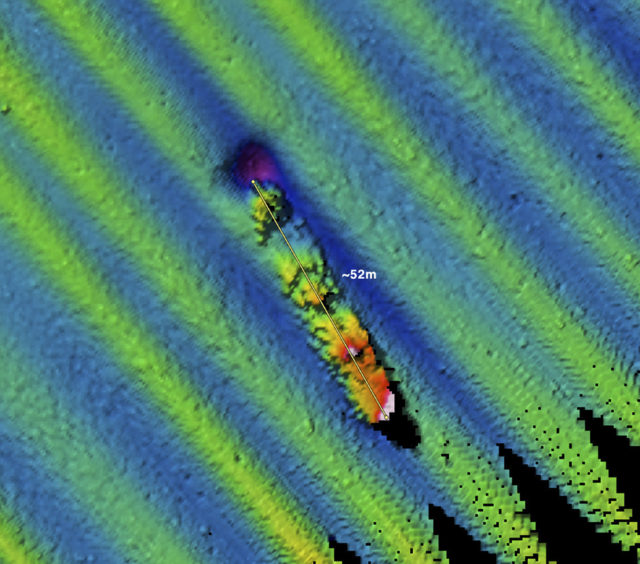
The ship was used for duty in the First World War. The US Navy continued to use her until she sank. There was a crew of 56 men on board when it left Mare Island, and it disappeared due to unknown reasons.
SS City of Chester
SS City of Chester was also identified by the NOAA team, but this was before they began their official study of the area. Although not quite as old as Noonday, City of Chester was still over 100 years old. It was a steamboat that sank on August 22, 1888, after being impaled by the SS Oceanic which had just arrived in the area from Asia.
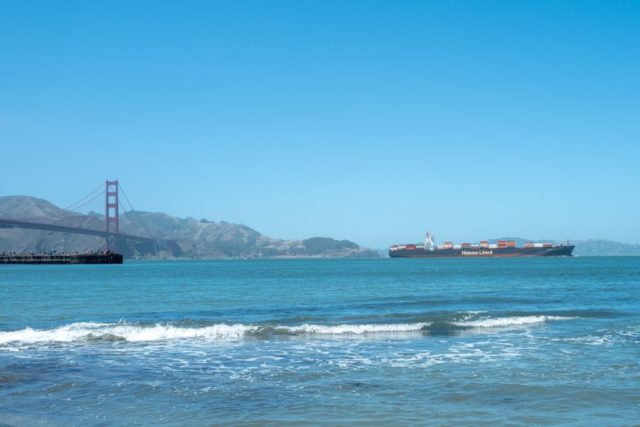
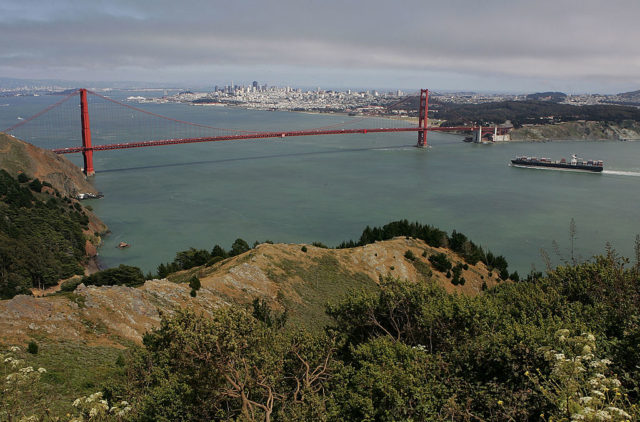
More from us: Rummu Prison: Estonia’s Abandoned Underwater Quarry With a Dark Past
The ship sank in only six minutes, where it settled sitting upright. Sadly, sixteen men went down with the ship. When the research team discovered the ship on sonar, it was found in mud, 216 feet deep, with the gaping hole that sank the ship still clearly visible to the researchers. Although it sank very close to “Golden Gate,” the area where the bridge is now located, the wreck was forgotten for 120 years.
